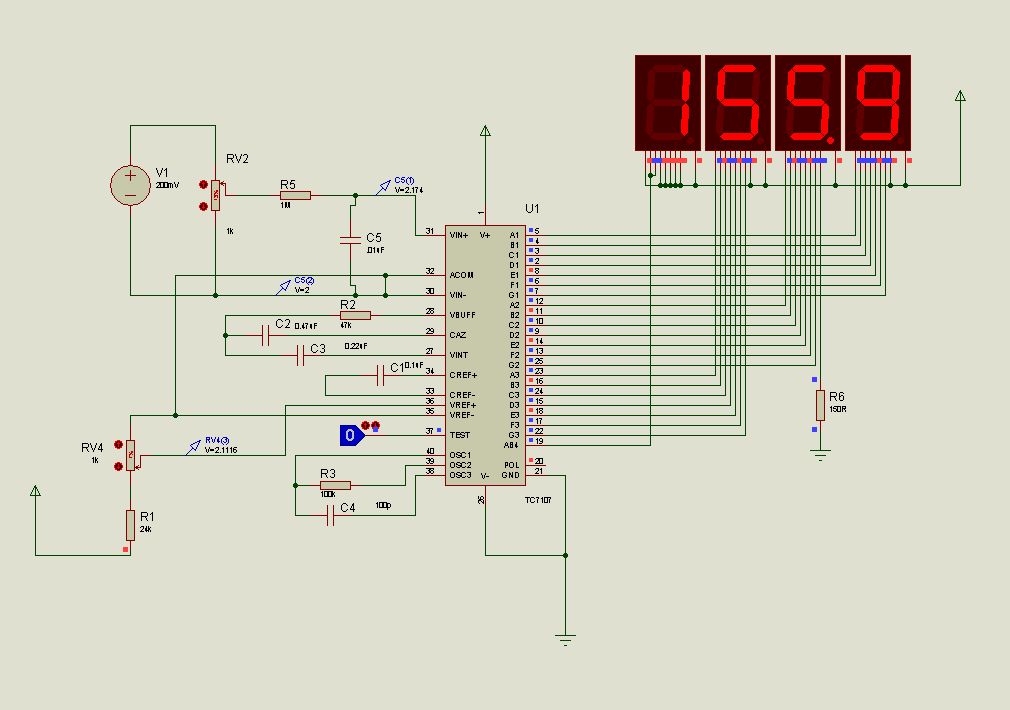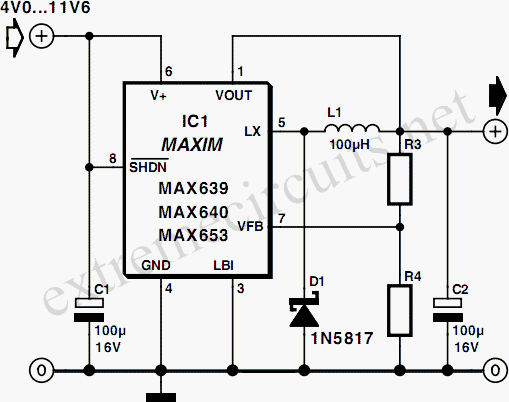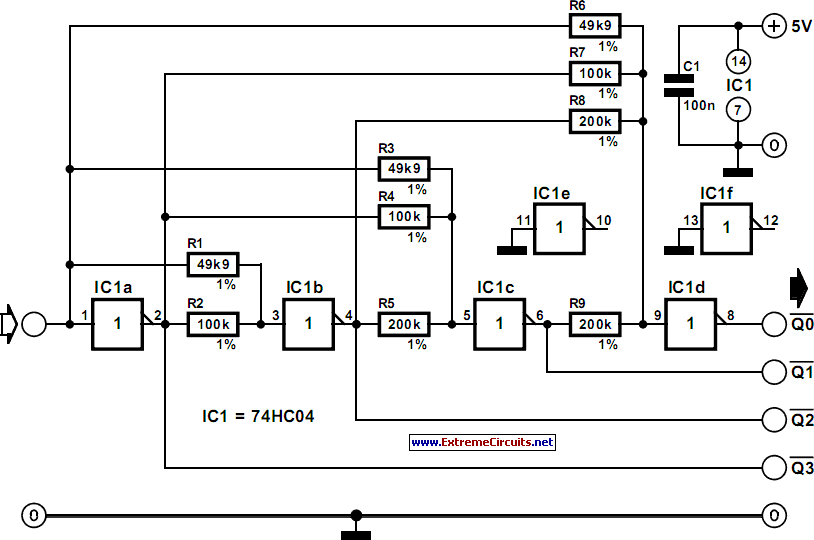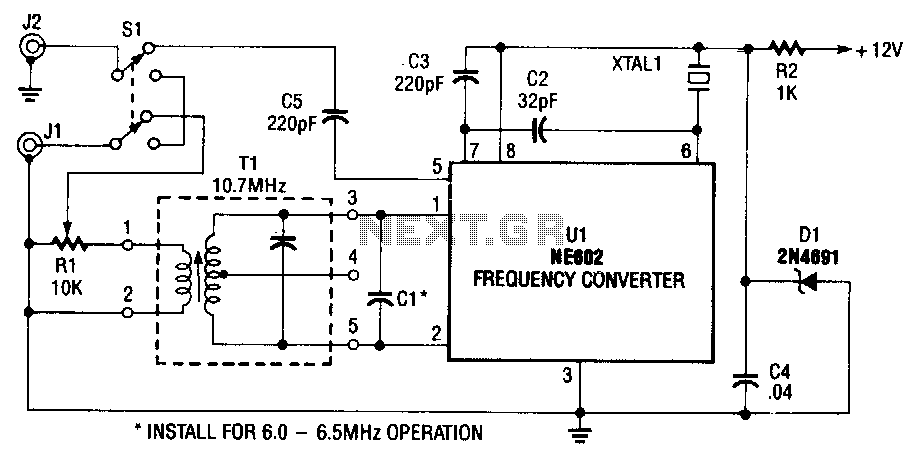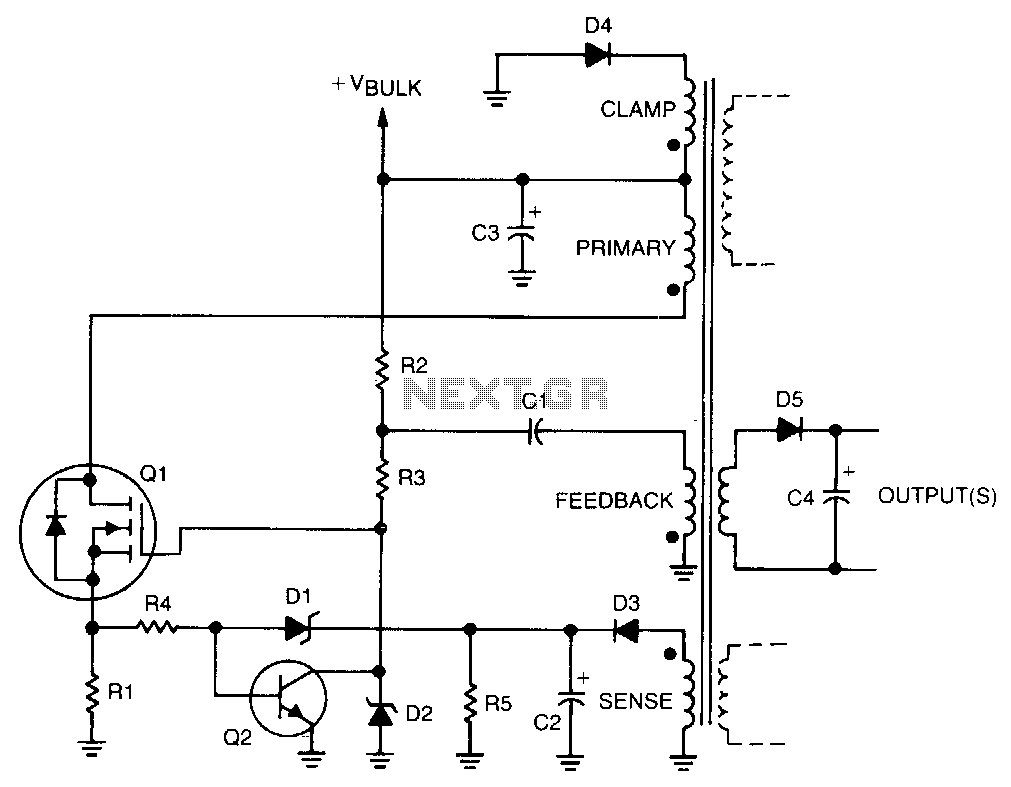
Regulated DC-to-DC converter
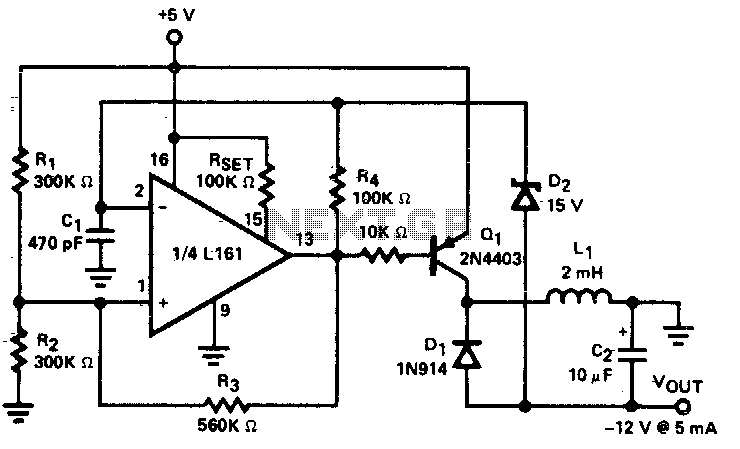
A low power DC to DC converter is created by integrating a flyback circuit with a square wave oscillator. The operating frequency is set at 20 kHz to reduce the size of the inductor (L1) and capacitor (C2). Regulation is accomplished using a Zener diode (D2). The maximum current that can be supplied before the converter loses regulation is 5 mA.
The described low power DC to DC converter employs a flyback topology, which is a popular choice for applications requiring isolation and voltage step-up capabilities. The square wave oscillator generates a pulsating signal that drives the primary winding of the transformer, creating a magnetic field. As the current in the primary winding increases, energy is stored in the magnetic core of the transformer.
When the square wave signal transitions from high to low, the magnetic field collapses, inducing a voltage in the secondary winding. The output voltage is then rectified and filtered to provide a stable DC output. The choice of a 20 kHz operating frequency is critical, as it balances the trade-offs between efficiency, component size, and electromagnetic interference (EMI). The lower frequency allows for the use of larger inductors and capacitors, which can be more efficient but may increase the physical size of the components.
The Zener diode (D2) plays a vital role in regulating the output voltage. It maintains a constant voltage level by shunting excess current when the output voltage exceeds a predetermined threshold. This ensures that the output remains stable within the specified limits, even as the load conditions change. The converter is designed to provide a maximum output current of 5 mA before it drops out of regulation, indicating that careful consideration must be given to load requirements to maintain performance.
Overall, the integration of the flyback circuit with a square wave oscillator in this low power DC to DC converter design allows for efficient voltage conversion while maintaining compactness and reliability in various electronic applications.Low power dc to dc converter obtained by adding a flyback circuit to a square wave oscillator. Operating frequency is 20 kHz to minimize the size of LI and C2. Regulation is achieved by zener diode D2 Maximum current available before the converter drops out of regulation is 5 mA. 🔗 External reference
The described low power DC to DC converter employs a flyback topology, which is a popular choice for applications requiring isolation and voltage step-up capabilities. The square wave oscillator generates a pulsating signal that drives the primary winding of the transformer, creating a magnetic field. As the current in the primary winding increases, energy is stored in the magnetic core of the transformer.
When the square wave signal transitions from high to low, the magnetic field collapses, inducing a voltage in the secondary winding. The output voltage is then rectified and filtered to provide a stable DC output. The choice of a 20 kHz operating frequency is critical, as it balances the trade-offs between efficiency, component size, and electromagnetic interference (EMI). The lower frequency allows for the use of larger inductors and capacitors, which can be more efficient but may increase the physical size of the components.
The Zener diode (D2) plays a vital role in regulating the output voltage. It maintains a constant voltage level by shunting excess current when the output voltage exceeds a predetermined threshold. This ensures that the output remains stable within the specified limits, even as the load conditions change. The converter is designed to provide a maximum output current of 5 mA before it drops out of regulation, indicating that careful consideration must be given to load requirements to maintain performance.
Overall, the integration of the flyback circuit with a square wave oscillator in this low power DC to DC converter design allows for efficient voltage conversion while maintaining compactness and reliability in various electronic applications.Low power dc to dc converter obtained by adding a flyback circuit to a square wave oscillator. Operating frequency is 20 kHz to minimize the size of LI and C2. Regulation is achieved by zener diode D2 Maximum current available before the converter drops out of regulation is 5 mA. 🔗 External reference
